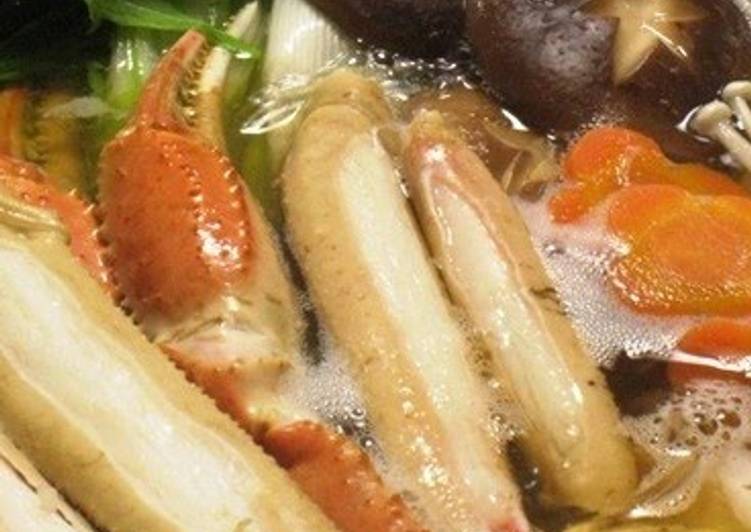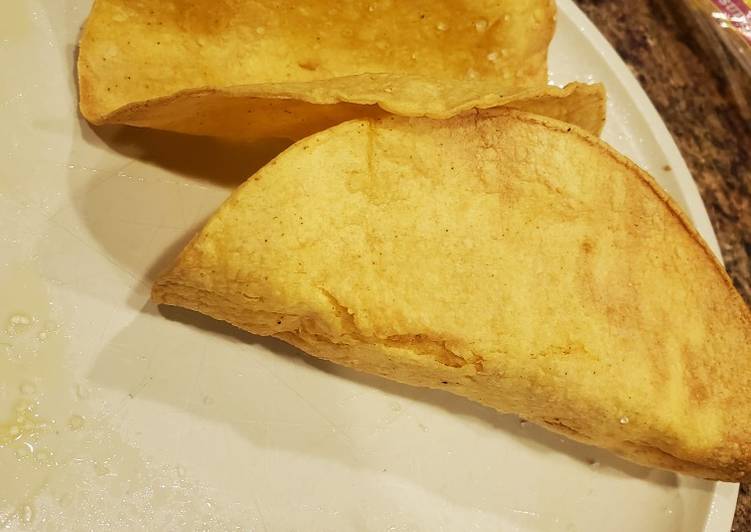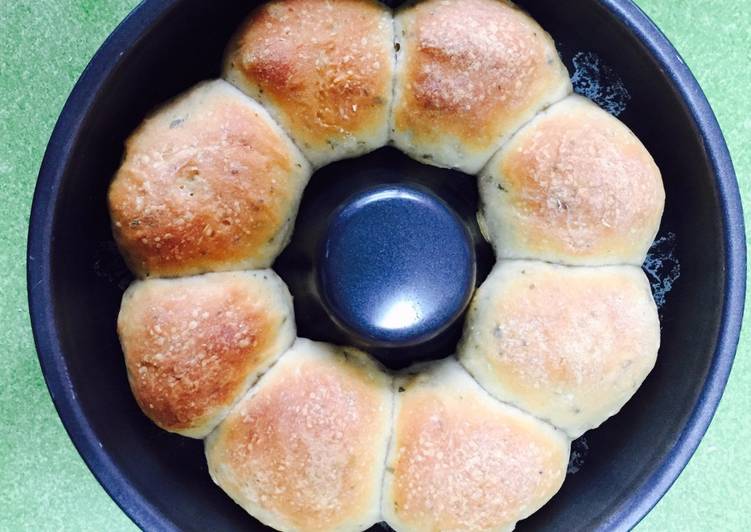Simple Way to Cook Appetizing Crab Sukiyaki (or Hot Pot)

Crab Sukiyaki (or Hot Pot) Recipe. How to prepare it? What are the ingredients? Cooking tips and more… This is one of my favourite food recipe, this time i’am gonna make it a little bit tasty.
Ice or Rice. Подписаться. Вы подписаны. Styles of sukiyaki depend on the region that they come from, but the ingredients are quite similar.
Here is the best “Crab Sukiyaki (or Hot Pot)" recipe we have found until now. This is gonna smell and look delicious.
Ingredients of Crab Sukiyaki (or Hot Pot)
- Prepare 2 of Spider or snow crab.
- It’s 1 of Enoki mushrooms/Chinese cabbage/Grilled tofu/Carrots/Shiitake mushrooms/Kudzu noodles/ Shimeji mushrooms/Maitake mushrooms/Japanese leeks/Mizuna, etc.
- Prepare of Hot pot soup stock:.
- Make ready 2000 ml of Dashi stock (kombu and bonito flakes).
- You need 4 tbsp of Usukuchi soy sauce.
- Make ready 4 tbsp of Sake.
- Prepare 4 tbsp of Mirin.
- Prepare 1 tsp of Salt.
Japanese hot pot, or nabe, are the perfect dish this What is Nabe or Hot Pot?In restaurants here in the US, most people's experience eating Japanese hot pots are at a Shabu-Shabu restaurant.Hot Pot (Sukiyaki) for One is one of the most popular hot pot styles among Japanese and wildly known outside of Japan.The soy based broth for sukiyaki is very easy to make.
Crab Sukiyaki (or Hot Pot) instructions
- Combine 2 sheets of kombu seaweed in 2000 ml of water. Soak for 2 hours, then turn on the heat to boil. Reduce the heat to the lowest once the kombu starts swimming in the pot. Heat for 5 minutes..
- If you put 1 cup of bonito flakes into a clean empty tea bag, it's easy to make dashi stock. Burn off the alcohol from the sake and mirin to enhance the flavor..
- Prepare the crab. Place the bottom of the knife blade on the joints and you should be able to cut the crab legs easily. Kitchen scissors also work well..
- Make slits on the shells of crab legs with a knife. Move the blade so as to peel off the shell (if you think it is difficult, cut the leg joints lengthwise)..
- Add the bonito flake sachet into the dashi stock and simmer for 5 minutes over low heat. Add all the seasonings for the soup stock and bring to a boil. Transfer the soup stock to a bowl and leave to cool..
- If you add the crab shells and trimmings to the dashi, it'll enhance the flavor. Meanwhile, prepare the vegetables..
- Put all the ingredients except the crab and mizuna leaves in a clay pot. Pour in the soup stock. Add the crab after the ingredients are cooked through about 80%..
- Bring back to a boil, add the mizuna and cook in residual heat. Do not overcook the crab. Serve with plenty of soup!.
- Prepare your rice porridge with the remaining soup at the end. Rinse cooked rice to remove any stickiness or gluten. Add the rice to the pot and bring back to a boil. Turn off the heat and add a beaten egg and mitsuba. Cover with a lid to steam through..
- Make stewed tsukudani kombu with the used kombu..
- Make a furikake seasoning for rice with your used bonito flakes..
Find stockbilleder af Hot Pot Shabu Sukiyaki Fresh Crab i HD og millionvis af andre royaltyfri stockbilleder, illustrationer og vektorer i Shutterstocks samling.Tusindvis af nye billeder af høj kvalitet tilføjes hver dag.This Beef sukiyaki Japanese hot pot recipe is inspired from a great cookbook called Japanese Hot Pots.
Simply combine mirin (Japanese sweet cooking wine), soy sauce, water (or sake) as well as sugar and bring it to a boil.Enjoy great sukiyaki don with this easy sukiyaki hot pot recipe, made by cooking sliced meats and vegetables in a sweet soy sauce soup.Sukiyaki consists of thinly sliced cuts of meat and vegetables in a sweet soy sauce flavoured soup, and is just as tasty with or without the meat slices.Sukiyaki (鋤焼/すき焼き) is a Japanese dish in the nabemono (Japanese hot pot) style.It consists of thinly sliced beef with other ingredients such as tofu, negi, mushrooms, jelly noodles and cabbage.





